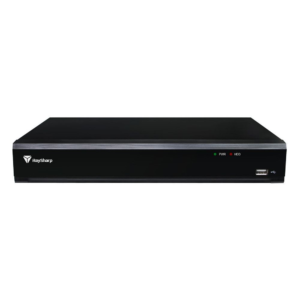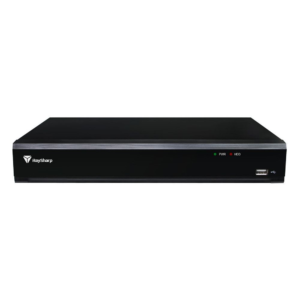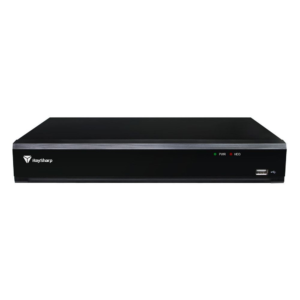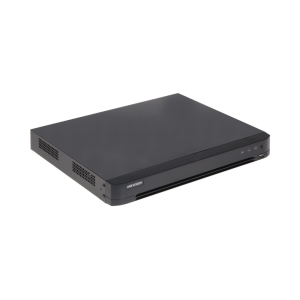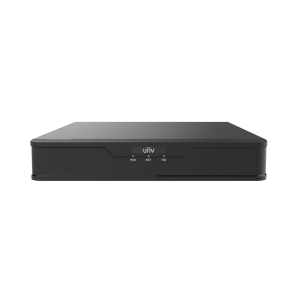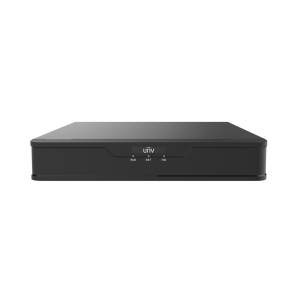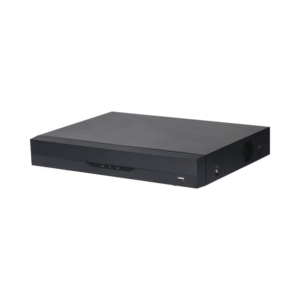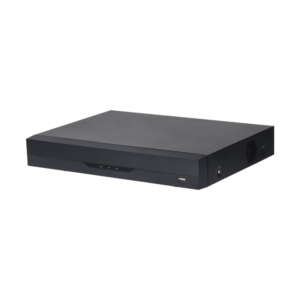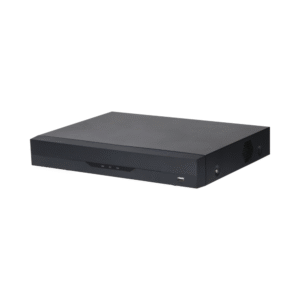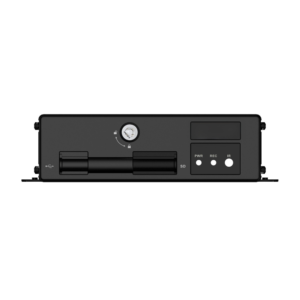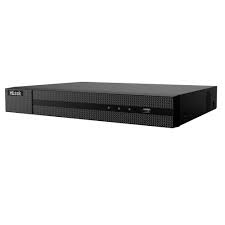A DVR – Digital Video Recorder – functions by transforming analog video into digital data for storage. Here is the general working process of a digital video recorder.
- Signal Capture: The DVR receives analog signals from security cameras, television broadcasts, or other sources. Typically uses coax cables.
- Analog-to-Digital Conversion: The analog video signals are converted into digital format using an analog-to-digital converter. This conversion process involves sampling the analog signal regularly and assigning digital values to represent the video content.
- Compression: The digital video data is compressed using various encoding techniques to reduce file size while retaining visual quality. Compression methods like MPEG (Moving Picture Experts Group) are commonly used in DVRs to store video data efficiently.
- Storage: The compressed digital video data is stored on a hard drive or other storage media within the DVR. This storage allows for the retention of recorded video content for future playback.
- Playback and Access: Users can access the stored digital video content through the DVR’s interface. They can play back recorded videos, pause, rewind, fast-forward, or delete recordings as needed.
- Decoding: When playback is initiated, the stored digital video data is retrieved from the storage media and decoded back into a format that can be displayed on a screen or monitor. This decoding process reconstructs the compressed data into a viewable video format.

